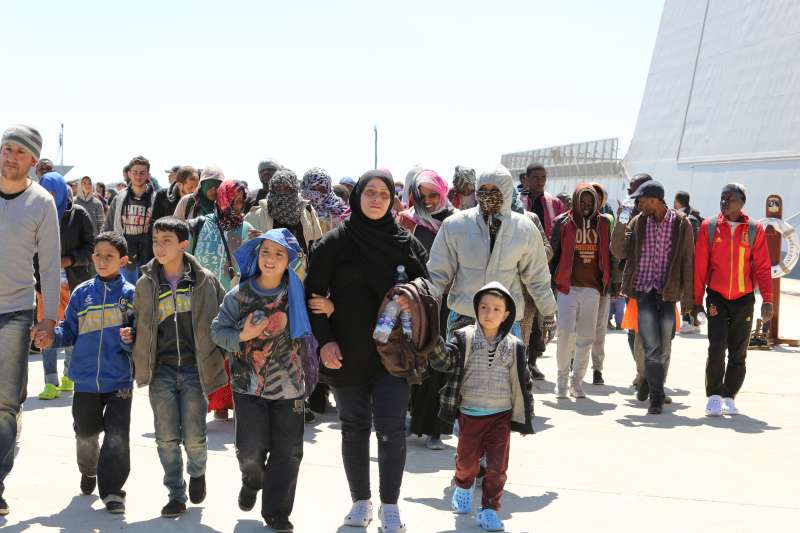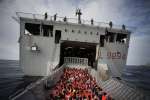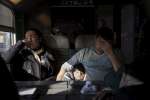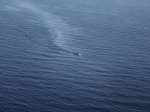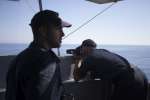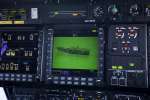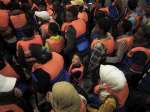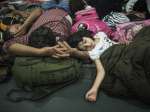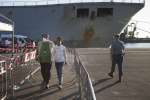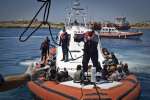Mediterranean: UNHCR pledges to help EU tackle enormous and intensifying tragedy
News Stories, 24 April 2015
GENEVA, April 24 (UNHCR) – The UN refugee agency on Friday said the deaths of hundreds of refugees and migrants on the Mediterranean this year and the sea crossing of almost 40,000 people since January were symptoms of an "enormous and intensifying tragedy" that is playing out on Europe's southern frontiers.
"The boat crossings are not just a migrant phenomenon, they are a refugee one too – half those who crossed the Mediterranean in 2014 were people seeking refuge from wars and persecution. And for refugees fleeing war, there has to be some alternative to having to cross the Mediterranean in smugglers boats," UNHCR spokesman Adrian Edwards told journalists in Geneva.
He added that with regard to the measures announced by European Union (EU) leaders in Luxembourg and Brussels this week, "UNHCR believes they are an important first step towards collective European action – which is the only approach that can work for a problem of such a large and trans-national nature. And we look forward to working closely with the EU and its member states in building on some of the measures that have been announced."
Edwards said UNHCR particularly welcomed the tripling of funding for joint maritime operations. "We appreciate the assurance given at the [Brussels] summit press conference [on Thursday] that this will mean an operation with similar capacity, resources, and scope to the Mare Nostrum operation. It's crucial that everyone's focus is on saving lives, including in the Libyan search-and-rescue area, which is where most of the distress calls tend to come from."
Italy's Mare Nostrum search-and-rescue operation was launched in October 2013 after the loss of hundreds of loves in two shipwrecks in the southern Mediterranean. The operation saved some 150,000 people before ending late last year. It was followed by less effective operations. But an estimated 1,700 people have lost their lives trying to cross this year, including some 800 on one boat last weekend.
UNHCR's Edwards, addressing other EU measures announced this week, including a 10-point plan of action, said "there clearly needs to be further elaboration of what these will mean for resettlement and relocation, and facilitating of access to international protection in Europe through other legal channels.
He added that from UNHCR's experience "we know that without realistic and substantial alternative channels for people to reach safety, the much-needed increase in international efforts to crack down on smugglers and traffickers is unlikely to be effective."
The spokesman said engagement with third countries would need to go beyond financing programmes and strengthening law enforcement capacity. Efforts still need to be made to address the root causes pushing people to flee, and to support governments in truly protecting refugees and others more effectively, ensuring full respect for human rights.
"As the EU institutions and its member states move towards the implementation of these measures, and the [European] Commission works on the development of a European agenda for migration, UNHCR will be urging that the range of measures proposed be expanded further, and that a holistic plan which puts the principles of humanity, solidarity and respect for human rights at the forefront is adopted," Edwards said.
"Ultimately, the test will be whether we see a reduction in lives lost, effective access to protection in Europe without having to cross the Mediterranean, and an effective Common European Asylum System, which truly lives up to its commitments of solidarity and responsibility sharing. UNHCR is stepping up our own response to this crisis. And we stand ready to work collaboratively with our European partners."




